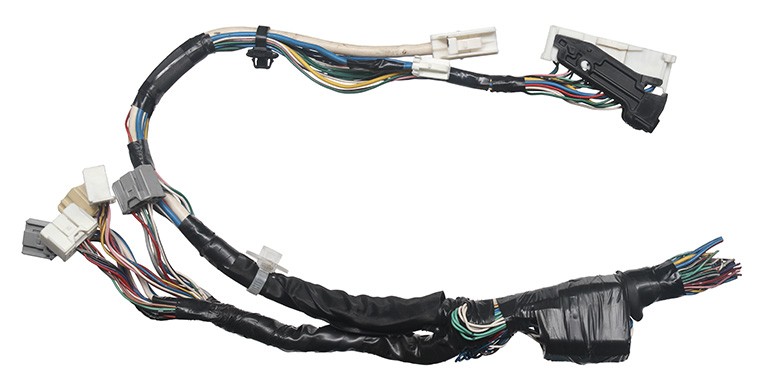While the function of these fasteners may appear straightforward – securing and organizing wires and cables – the decision to use natural or white-colored variants carries a deeper significance.
Below is the rationale behind the prevalence of natural or white fasteners and cable ties in the automotive wire harness industry. It highlights the practical advantages they offer, ranging from enhanced visibility and heat resistance to their compatibility with sensitive sensors and adherence to industry standards. Understanding these considerations sheds light on the meticulous planning and precision that underlie the automotive sector's pursuit of excellence and safety.
Visibility and Aesthetics: The use of natural or white-colored fasteners and cable ties makes it easier to visually or automatically inspect and identify wires and cable bundles within a wire harness. This can be especially important during manufacturing and maintenance, where the ability to quickly recognize and trace wires can save time and reduce the likelihood of errors. The use of vision systems to detect if the harness is built correctly is becoming more common in the industry reducing labor costs and increasing quality.
Heat Resistance: White or natural-colored materials, particularly those made from high-quality polymers, may offer better resistance to heat and UV exposure compared to colored counterparts. This is critical in automotive applications where wires and cable harnesses may be exposed to high temperatures under the hood and to sunlight, potentially leading to degradation and reduced performance.
Compatibility with Temperature Sensors: In some automotive applications, temperature sensors or other monitoring devices may be integrated into wire harnesses. Natural or white cable ties can reduce interference with these sensors as they may not introduce additional heat-absorbing or heat-reflecting properties.
Industry Standards and Regulations: In some cases, industry standards or automotive regulations may specify the use of natural or white-colored fasteners and cable ties for specific applications, particularly in safety-critical systems where visibility and traceability are crucial.
It's worth noting that while natural or white-colored fasteners and cable ties are commonly used for the reasons mentioned above, there may be exceptions and variations in specific automotive applications and wire harness designs. The choice of fasteners and cable ties may also depend on the OEM's preferences and specific requirements.

